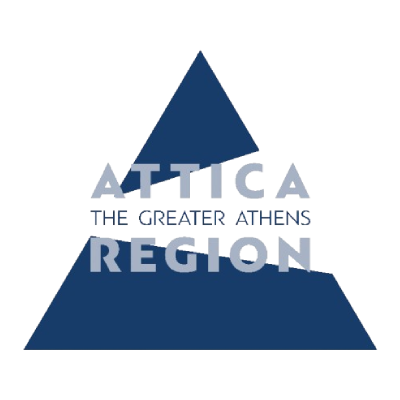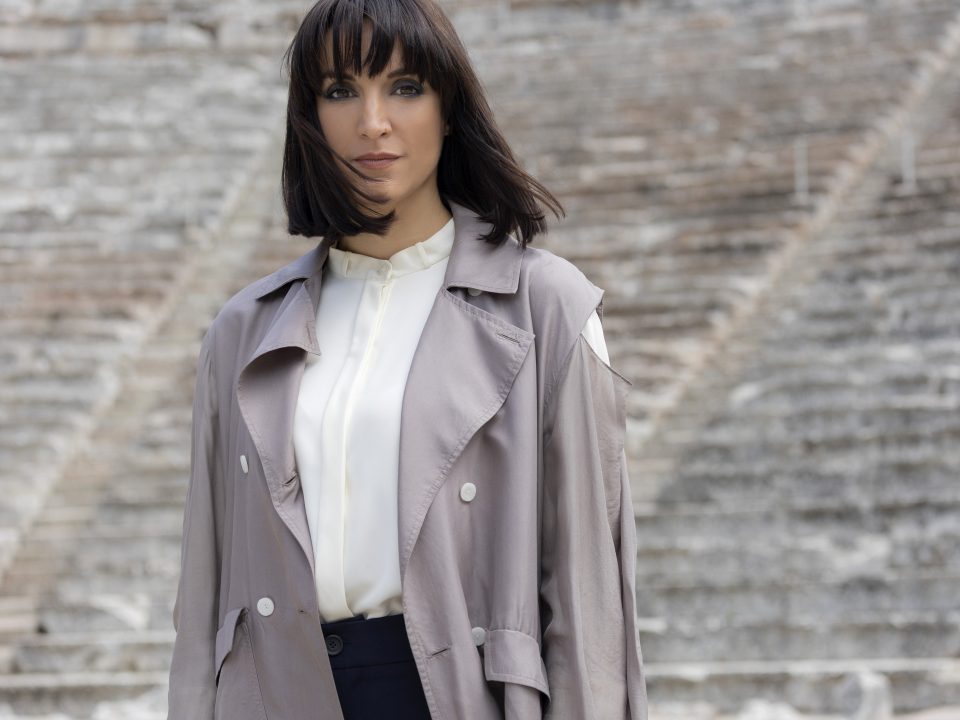Mr. Manolis Charos: “Kythera island is truly a proven 12-month destination for alternative travellers.”

Interview with the renowned visual artist, Mr. Manolis Charos:

“Kythera island is truly a proven 12-month destination for alternative travellers.”
1. Mr. Charos, you were born in Kythera, you have travelled and lived outside Greece for quite some time and now spend the greater part of the year on the island. Tell us a few words about this place. How would you describe Kythera to someone who is yet… “uninitiated” into its beauty?
The island’s beauty cannot be described; it can only be discovered, if one wants to or can. Obviously, not all places are suited to all people. Kythera island is a place where human intervention has always been moderate, with respect and love for the land, and I think that the various individuals and authorities that ruled the place, they all loved it in their own way. From the Minoans to the Byzantines, the Venetians, the Pirates who found shelter here, and the English, the traces they left behind on this land are vivid. Today’s inhabitants love and care deeply for their island. Therefore, the natural landscape, the beaches and the sea, the flora and fauna, the scents of the wild flowers, the passages of the birds, the prairies where bees forage, these are all things local residents know very well, appreciate and protect.
Visitors may discover this beauty through the routes from one village to the other or across the extended network of well-maintained and signposted hiking trails. This way, due to the size of the island and the dispersion, there is plenty to see and a lot more always waiting to be discovered.
2. As an artist with a substantial career both in and outside Greece, what is your opinion on Attica’s visual arts scene, as variety of options and attraction pole for foreign visitors?
I believe Attica’s visual arts scene is of great interest, first of all because the islands and mainland of Attica have always been – and still are – place of residence and refuge for many artists from around the world. Places like Aegina, Spetses, Hydra and Kythera have been chosen by foreign artists for their home, or at least their second home. At the same time, Athens has become in recent years, particularly during the crisis, the hub for a new generation of foreign visual artists, who found in this city a place that fitted the needs of their way of life. A lot of young and upcoming artists created their workshops in Athens, and it is too bad that we, locals, did not foresee the magnitude of this development soon enough. Great names of the international art scene or promising visual artists have lived in the past and have been living in the last few years in Athens. Kypseli* neighbourhood, for example, is a true “beehive” for creators from abroad, while the entire city of Athens features dozens of studios that belong to visual artists from around the world, mainly Europe, which from time to time open up for the audience – I mean with public media announcements, because more or less these are spaces that are always open, depending on the circumstances.
3. In many of your works you capture in colour the feelings Kythera’s landscapes and nature evoke to you, all year round. Which would you say are your favourite locations and what is your favourite season on the island?
The season I love less is the holiday period of July-August, because the island then floods with people, which in a way changes its pace. Other than that, I love all seasons, especially the period after August, since the sea remains warm until December and allows me and my friends to go swimming. In 2020, which was a warm year, we went swimming all the time; only in February we stopped for a while. We spent the lockdown swimming. Having said that, the season I love the most is when the strong wind begins in winter. The wind of Kythera’s sea is no joke. It’s when nature truly demonstrates its majesty; the sky, the sea, the waves, the clouds, the entire nature thrives. And of course, it is then that I enjoy the west side of the island the most, this entirely open part of the Mediterranean, uninterrupted by land all the way to Libya and Gibraltar.
4. Which flavours and aromas does the word “Kythera” bring to mind and which local products and delicacies would you recommend to the island’s visitors?
The unique Kythera honey, due to the rare herbs bees forage in the prairies, and the excellent olive oil that is produced on the island. Luckily over the last few years, thanks to programmes launched by the Kytherian Foundation for Culture and Development, olive oil producers realised the significance of the product and produced olive oil from trees that are centuries-old or younger, cultivated or wild, whose flavour is truly extraordinary.
5. Which three experiences would you suggest a visitor should live in Attica?
A concert at the Odeon of Herodes Atticus, sunset on the Pnyx, strolls and drinks in neighbourhoods preferred by the younger crowds. The Athenian “movida”, i.e. the vibrant cultural and social city life, is the best in the world.
6. Which do you think are Attica’s competitive advantages in attracting visitors around the year? How important is easy access via flight connections between Attica and the whole world or between Kythera and Athens International Airport?
Athens, the city of history and culture, does not need to find advantages; this is absurd. Its airport is fine, we’ve seen it operate before the pandemic, in August when a tourist bus arrived full every single minute. It did just fine, and in the meantime it got even better. Kythera, on the other hand, is a place where locals donated their land in the early ‘70s to have an airport built. And it was one of the first Greek islands, along with the already famous Mykonos, to have its own airport. Local residents knew what this would mean for the island and strived for the construction of the airport, seriously taking part in the efforts themselves. Which brings us to the fact that what the island actually needs is a serious service by the airlines, outside the July-August period. Because Kythera island is truly a proven 12-month destination for alternative travellers.
7. “Attica-Greece in a Snapshot” is the Region of Attica’s tourism slogan. Which are your favourite “snapshots” of Attica?
I must confess that to me, the notion of a snapshot is fitting for big shopping malls and all types of… -land, (e.g. Disneyland). However, in Attica one touches a thousand-year-old history.
On the Pnyx of democracy, and in Athens of ancient theatre and tragedy, of sculpture and arts, for thousands of years, across the landscapes described by Pausanias and the other – ancient or newer – travellers, in the “go-to” land for every traveller ever since the beginning of western civilisation, otherwise they could not be called “travellers”, in today’s dynamic city that vibrates and resonates, I would answer somewhat assertively. Millions of people from the whole planet will agree with me when I say that my favourite snapshot would be in front of the eternal symbol of culture, the Parthenon – one more selfie to proudly say that… “I was there, too”…
*Translator’s note: The word “kypseli” means “beehive” in Greek. Kypseli is also a neighbourhood in Athens that has recently become one of the city’s art hubs.




